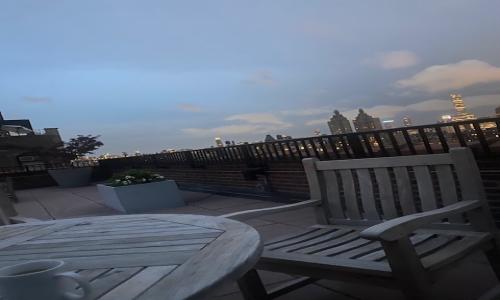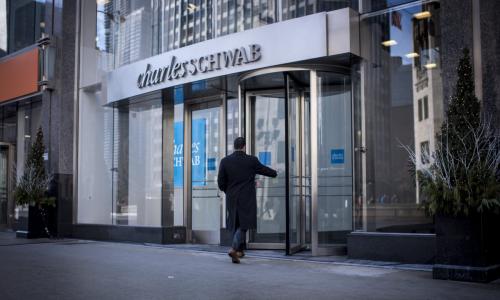Brokers at several large investment banks today began syndicating a 6.50% syndicated structured note that will close later this month. The note, which pays quarterly, is conditioned on (a) 6 month US LIBOR being greater than 0 and less than 6%, and (b) the S&P falling by no more than 25% from its close date of June 28, 2013. Interest will not accrue on those days where these conditions are not met. The notes have final maturity in 2028 and are callable in 5 years.
Bank-issued structured notes should not be viewed as an equivalent to placing money in a savings account or even in a CD. They are much more similar to a bond and can fit well in a portfolio designed to generate income with low risk. Ordinarily, structured notes provide much higher yield than you can otherwise obtain on a similar credit. The holder receives the higher coupon as consideration for assuming the risks of the payment conditions.
Under these circumstances, the holder of the notes is prepared to forego interest if the stock market should come down and remain dramatically below its current levels or if 6 month LIBOR were to spike dramatically above current levels.
6 month LIBOR, of course, is not likely to spike from its current exceptionally low levels to a level above 6% at any time in the near future, but it is very likely to head there at some point over the next 15 years. It was consistently above 6% in the late 1980s and early 1990s, and again in 1994 and 1995. It was also intermittently above 6% in 1998, in 1999 and in 2000. It approached but did not cross 6% in June of 2006. In a normalized environment, it could easily get to that level again, and in a very high interest rate environment these notes could easily be rendered free of any obligation for JP Morgan Chase to pay interest for long periods of time.
Therefore, these notes may play a role in a portfolio, but are not an alternative to cash. My advice is that investors put 10-20% of their non-equity liquid asset base that they cannot afford to lose in the highest quality (i.e., JP Morgan issued) structured notes and/or municipal bonds while long term interest rates have spiked up. This will serve as a partial hedge against savings and CD rates continuing at such a low level for a significant, continued period of time.
Those interested in this particular note should search CUSIP 48126DX61/US48126DX615.










Comments
Ted R. Wilfried
June 24, 2013
Bad advice. Today the 10 year is at 2.63% and JPM is issuing these at 6.5%. You should sit on your cash and earn 0.85% BPS for the next 6-12 months until the 10 year crosses 4% and you'll see these offered from JPM at 8%+ and from the other issuers at 9%+ without all of the adverse contingencies.
Is this review helpful? Yes:4 / No: 2
Ira P. Shoenfield, June 25, 2013
June 25, 2013
I think this is a good case for action. I would not hold my breath for the 10 year to reach 4%, In the environment we now have and will have for many years to come, this is a smart investment in a diversified portfolio.
Is this review helpful? Yes:0 / No: 2
Add your Comment
use your Google account
or use your BestCashCow account